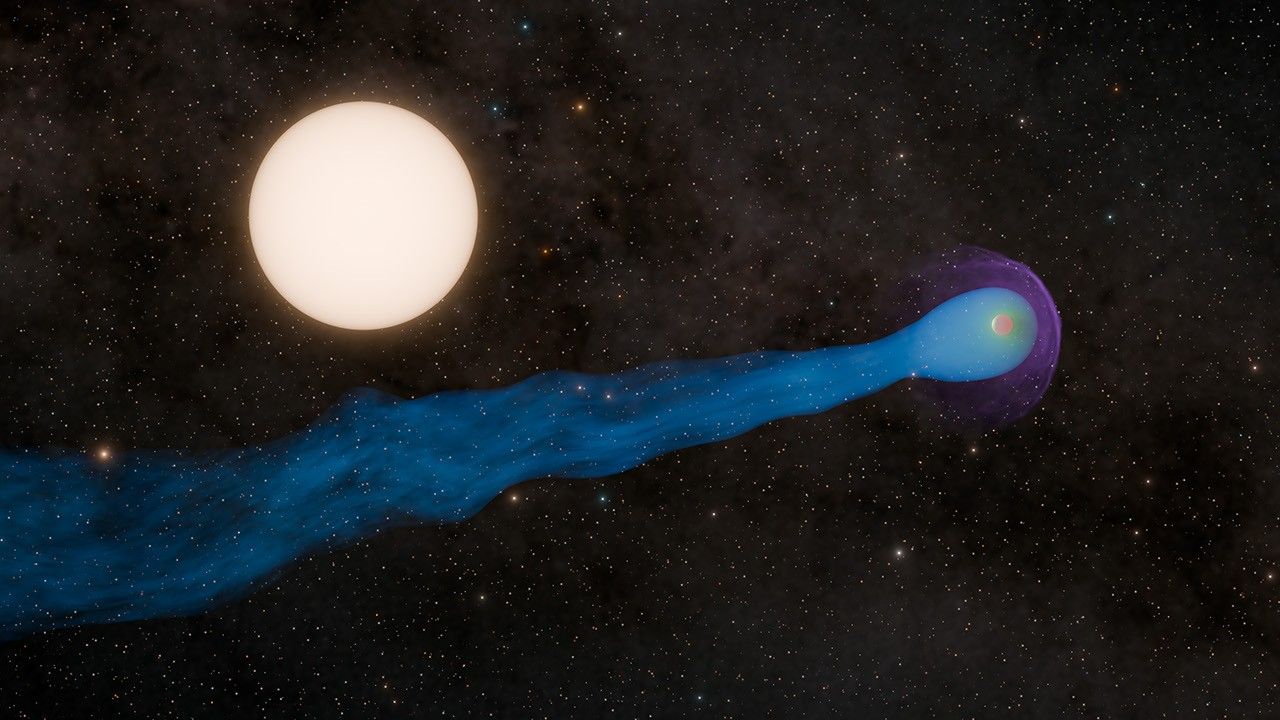Power Management and Distribution
Electrical power is the most critical resource for the International Space Station (ISS) because it allows the crew to live comfortably, safely operate the station, and to perform scientific experiments. Therefore, whether used to power the life support systems, run a furnace that makes crystals, manage a computerized data network, or operate a centrifuge, electricity is essential. Since the only readily available source of energy for spacecraft is sunlight, NASA Glenn Research Center has pioneered, and continues to develop, technologies that efficiently convert solar energy to electrical power. One method of harnessing this energy, called photovoltaics, uses purified silicon solar cells to directly convert light to electricity. Large numbers of cells are assembled in arrays to produce high power levels.
Capstone Summary
For this capstone, students will design a Power System that will provide power to fans in order to circulate air utilizing solar and battery power. With the use of a microprocessor, students will create a power system that will automatically re-route power at low levels as well as providing an automated shutdown when both power sources are low. If time permits, students can add additional load features such as lights as well load banks to simulate computers and experiments.
Test Rig Components and Specifications
For the testbed, students will utilize a 20W 5Vdc solar power panel and rechargeable batteries (with charge control built in) to power to three (3) toy motors to be used as fans for air circulation. Typical electrical components used (but not limited to) include transistors, resistors, diodes, and relays in order to interface with the microprocessor.
Key Dates
- June 7, 2024 – Applications for the 2024 – 2025 school year are open.
- September 20, 2024 – Fall application deadline, applications are due.
- September 27, 2024– Schools notified of fall application results.
- October 23, 2024, 10:00 a.m. – 3:00 p.m. – Workshop ( onsite or virtual).
- October 30, 2024, 10:00 a.m. – 11:00 a.m. – Virtual Kickoff with NASA Subject Matter Experts.
- January 3, 2025 – Winter application deadline, applications are due.
- January 10, 2025 – Schools notified of winter application results.
- February 5, 2025, 10:00 a.m. – 11:00 a.m. – Virtual Midpoint Subject Matter Expert Review.
- April 30, 2025, 10:00 a.m. – 12:00 p.m. – Hybrid Capstone Culminating Event including student design presentations and facilities tours for onsite participants.
2023 – 2024 Application Process
To apply please complete both the NASA Gateway application and the Supplemental application form as follows:
To access the 2024 – 2025 NASA Gateway application, please click here.
To access the 2024 – 2025 supplemental application form, please click here.
After downloading and completing the supplemental application form, please save it and upload the completed form as an attachment as part of the NASA STEM Gateway application. Both application forms must be completed to be considered for this opportunity.
Contact Information
Gerald Voltz
Education Program Specialist
Email: GRC-Ed-Opportunities@mail.nasa.gov
Phone: (216) 433-6656




























